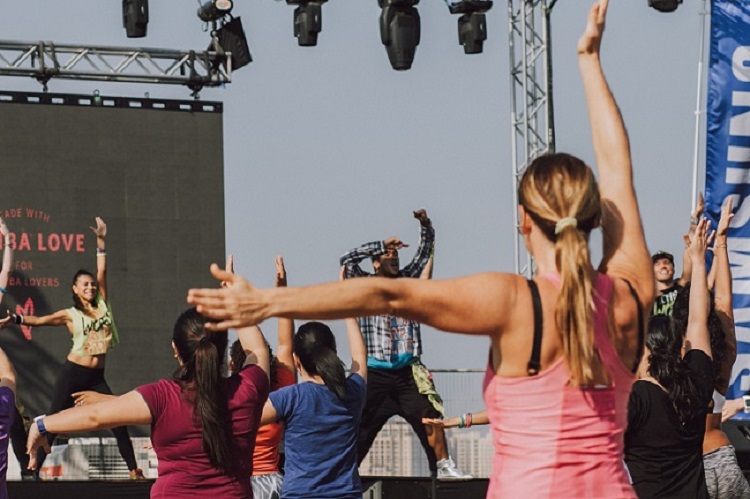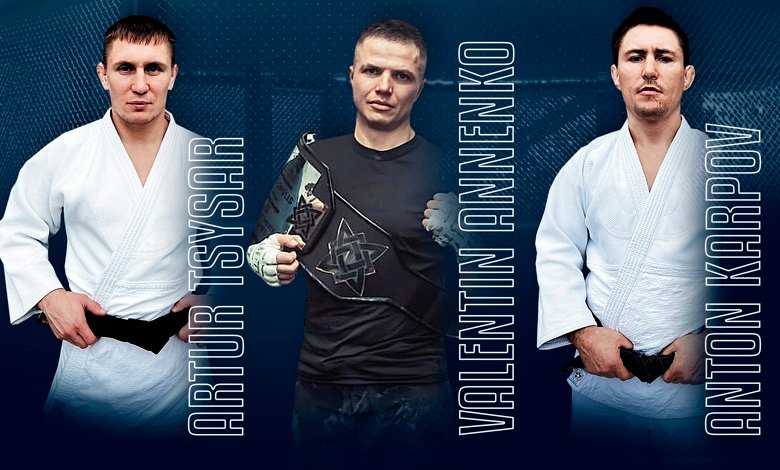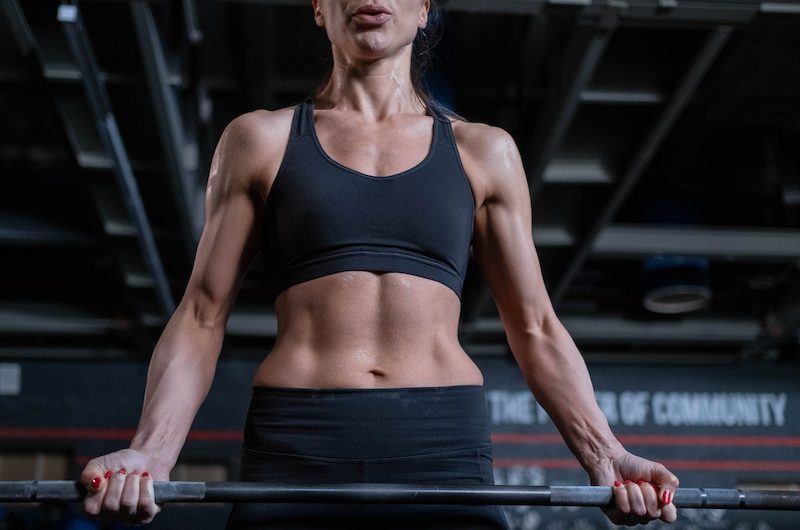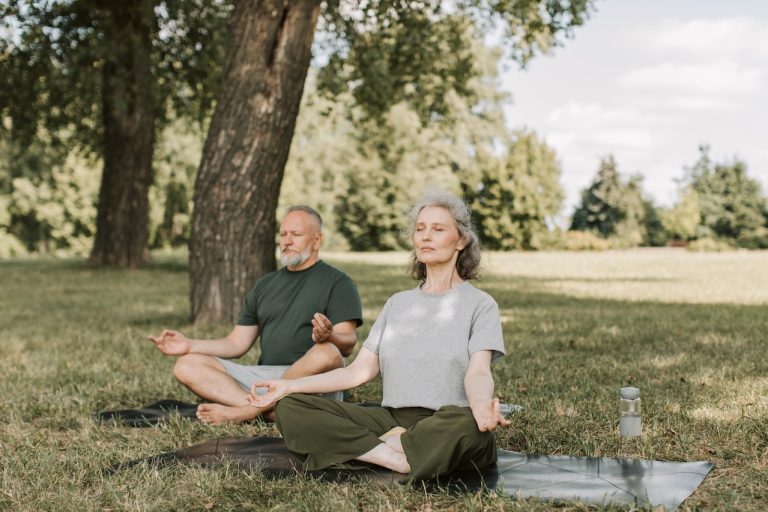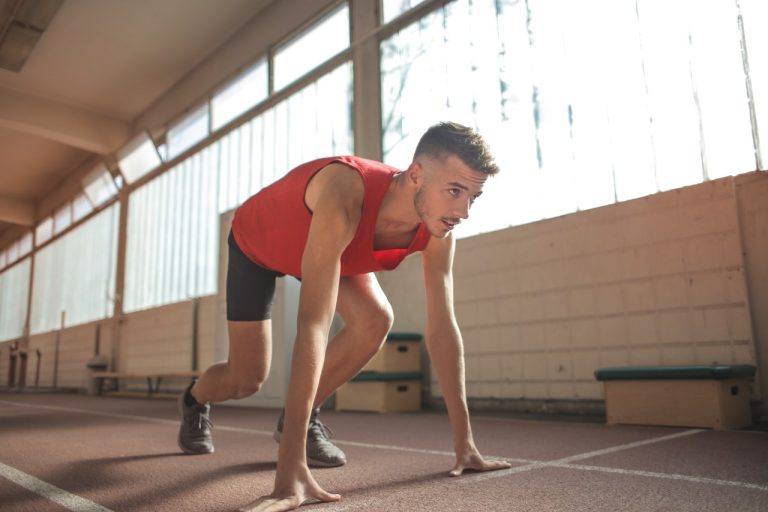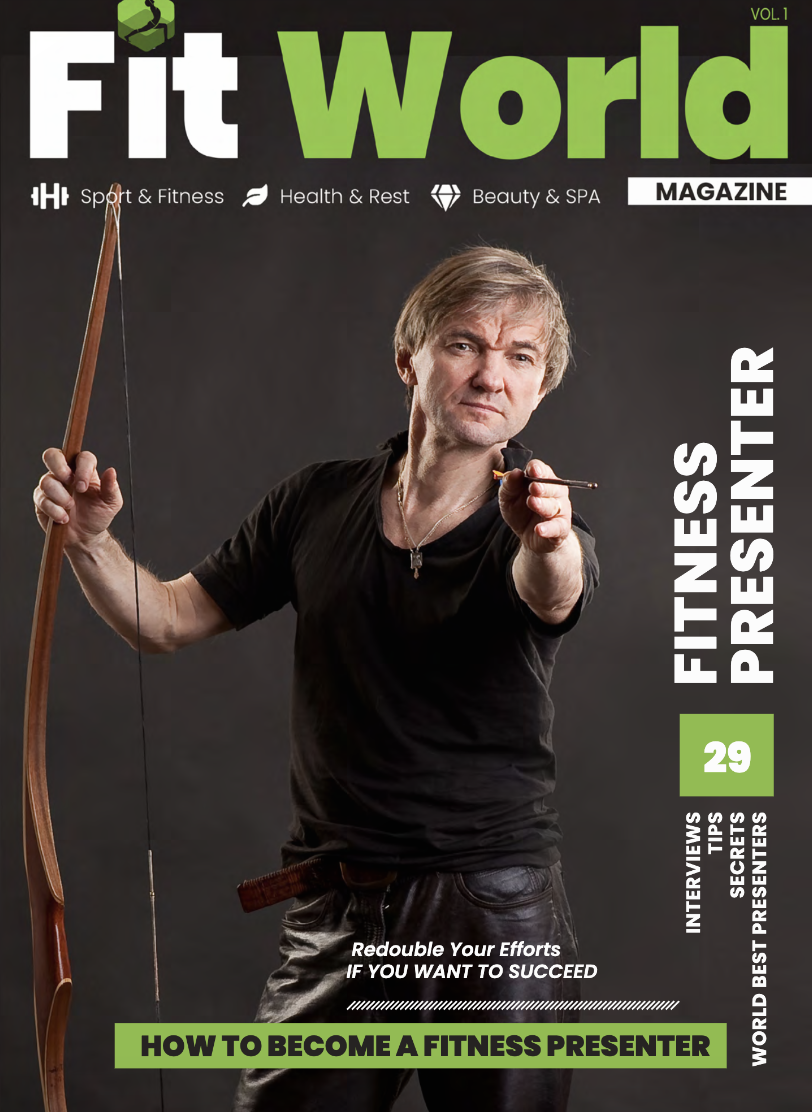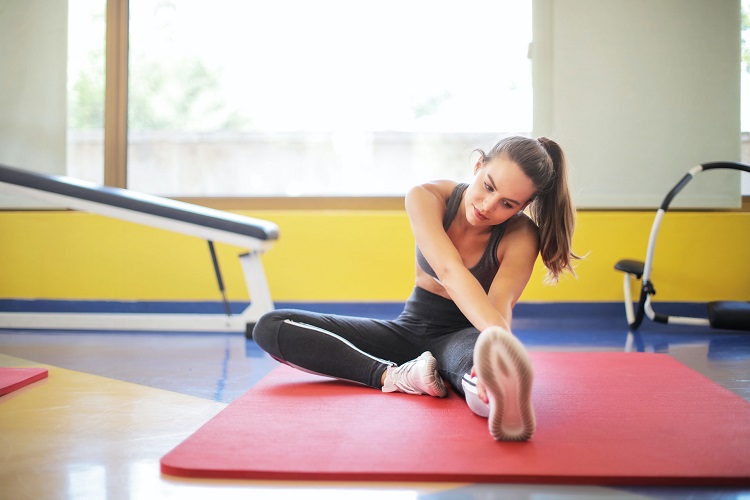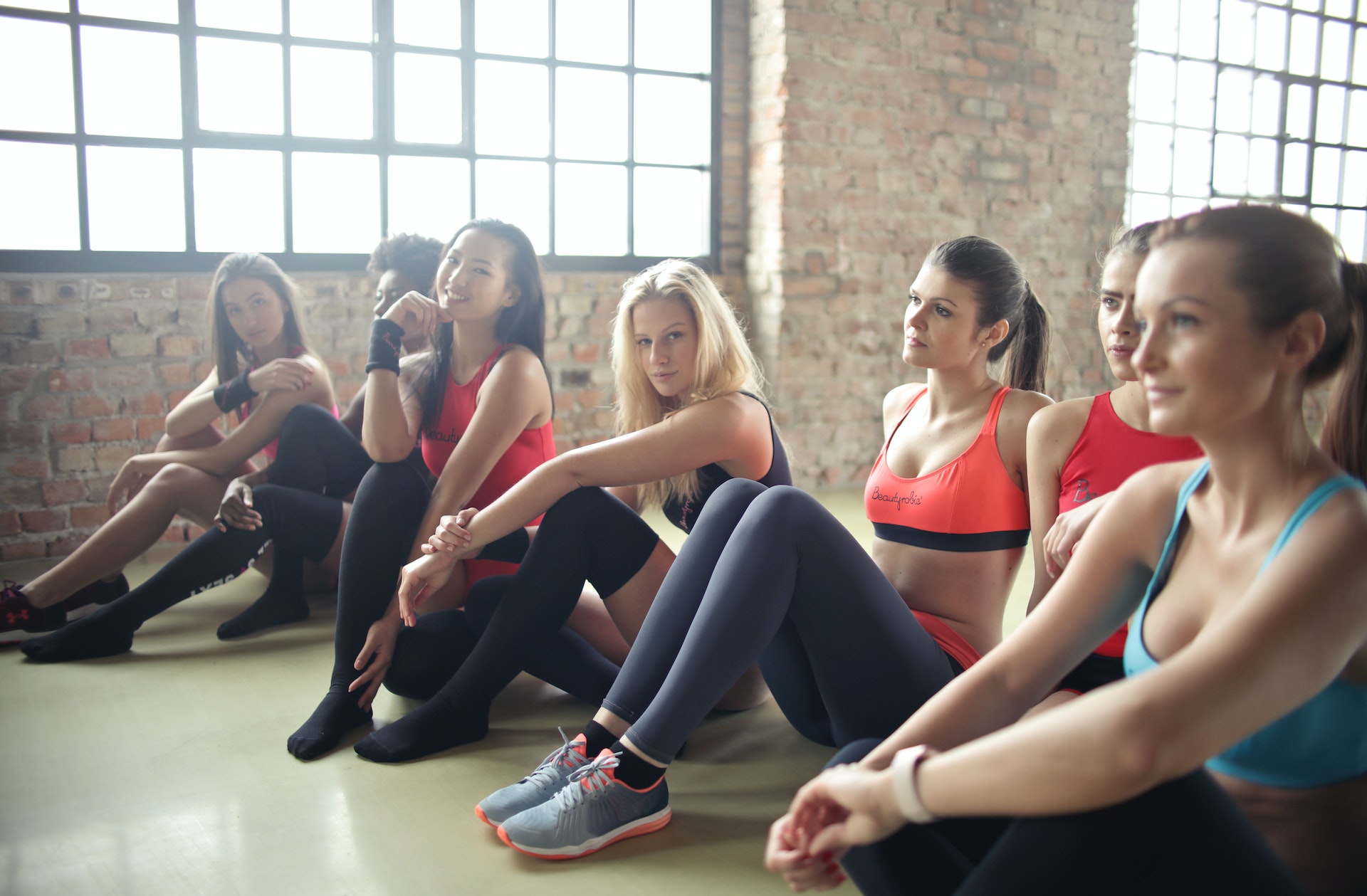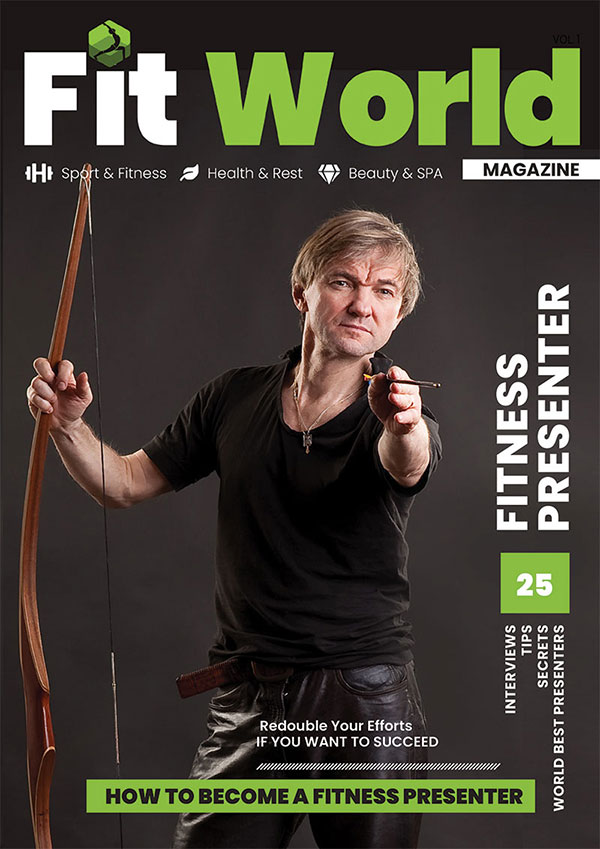For everyone to be able to choose a dance program that is suitable for themselves, which will quickly achieve the desired result, were developed several types of Zumba:
- Zumba Classic. This is where it all began: Classic Zumba is a rhythmic dance with incendiary music in the style of salsa, reggaeton, tango, etc.
- Zumba Toning. This type of fitness dance involves the use of small dumbbells, which not only increase the load, but also make sounds similar to the sound of maracas.
- Zumba Pilates combines the main characteristics of these two fitness trends: the dance is necessarily accompanied by proper deep breathing, all movements are smooth and deep.
- Zumba Sentao. This variety is more suitable for experienced people who have long attended Zumba classes, or at least have experience in dancing. The basic idea of Zumba Sentao is a dance with a chair.
- Zumba Gold. This program is designed specifically for people of age who prefer an active lifestyle.
- Zumba Step. Like in step aerobics, Zumba Step uses a special platform and actively uses step movements of different kinds.
- Aqua Zumba. In order to maximize the load on all the muscles without harming your health, fitness dance classes are held in the water.
- Zumba Kids – Zumbatomic (children from 3 to 11-12 years old), Zumbini (kids from 0 to 3 years old). These programs are specially designed for the youngest children – they fully meet their abilities and needs for physical activity.
- Oriental Zumba besides Latin American rhythms and hip-hop includes also oriental dances.
- Circle Zumba. This type of fitness dance is ideal for beginners – it alternates dance moves with exercises (squats, push-ups, bends, etc.).
- Zumba Continental originated due to the wide dissemination of this dance. Its essence is that it includes elements of folk dances of a particular country or region.
- tonus Zumba is ideal for weight loss – all the dance elements are clearly adapted to affect the problem areas, and for greater efficiency small dumbbells are used.
Which type of Zumba to choose is up to you. Do not forget that the professionalism and experience of the instructor is of great importance – the master, who has been specially trained and has the appropriate certificate, will ensure the fastest and safest achievement of the desired result.
Some types of Zumba are widespread, while others are developing only in certain countries or regions. However, the trend toward the spread of this type of fitness is clear – gradually instructors are offering their students more and more new varieties of this sport dance.
How to dance Zumba, the basic movements
When watching video recordings of training can be an opinion that the dance uses a huge variety of movements that is simply unrealistic to learn. In fact, the program includes several basic pas that are combined with each other and constantly repeated:
– Steps to the side with claps. Step to the left with your left foot – clap, put your right foot – clap. Then the same movement to the other side.
– Steps to the side with a turn of the body on toes and heels. Feet shoulder width apart, turning body right on toes – drop toes, turning body left on toes – drop to heels, right turn on toes – drop to toes, turn left on toes – dropping back on heels. Then the same movement, but in the opposite direction. As a result, you have to return to starting position.
– Step transitions. Feet at shoulder width, right foot back step to the left (as a result right foot goes behind left foot), stomp on left foot – right foot back to starting position. Then do the same with the left leg.
– The arm movements can be very diverse – sweeps, throws, claps, bends in the elbows, circular motions.
As a rule, after 3-4 training the movements become clear, and the class becomes easier and more interesting.
How a group workout goes
In order to achieve maximum efficiency in the process of fitness dance classes, it is important to follow a certain sequence of training steps:
– Warm-up. If you neglect this stage of training, there is a chance of serious injury: sprain, dislocation, bruise. The warm-up is aimed at warming up and stretching the muscles, preparing them for more serious loads – the warm-up usually takes about 10 minutes.
– Repetition of learned movements – 5 minutes.
– The learning of new movements – 5 minutes.
– The dance itself – 30 minutes.
– Warm up. The last 10 minutes of the class is light stretching and relaxing exercises.
The time of each stage can vary depending on the level of fitness of the students as well as the type of Zumba (for example, Round Zumba consists of 3 main stages – warm-up, main lesson and the warm-up.)
The duration of each class is on average 45-60 minutes. In order to get the result you need to attend the training at least 3 times a week.
Is it possible to lose weight doing Zumba?
As you know, any physical activity to a greater or lesser degree helps to burn extra calories. Is it possible to lose weight doing Zumba? Of course it is possible!
During the Latin American fitness dance classes involve all muscle groups, thus there is an active burning of fat in the “problem” areas. The program is built in such a way that there is no time to rest at all – all 45-60 minutes are continuous motion, so that the fat begins to “melt”, muscles come into tone, increasing blood circulation and oxygen supply to all organs. And oxygen is known to help remove toxins from the body, and with them extra pounds.
How many calories are burned during a workout?
If you believe the reviews, for 1 hour of Zumba training is quite realistic to lose up to 900 calories. In fact, no one has conducted studies in this area, so it is impossible to say whether this statement is true.
At the same time, it is known that during the class aerobics burns an average of 500 calories. Given that the dance-fitness lessons are not inferior to the intensity of aerobics, we can say that Zumba really helps to get rid of 500-800 calories in one workout.
If your goal is to lose weight, do not forget that Zumba is not a magic cure for extra pounds.
Do you want a beautiful figure? Revise your diet, add activity to your daily life, try to lead a healthy lifestyle. And fitness dance will help you reach your goal as quickly as possible.
What clothes to choose for Zumba
During the fitness dance you will have to actively move your arms, legs, bend, stoop, turn your head, jump, squat. That is why clothing for Zumba should be comfortable, not constraining the movements, but at the same time do not interfere with you and others:
– Tight-fitting sweatpants or leggings. Lean shorts would also work well.
– A loose t-shirt or sleeveless top. For an additional warming effect you can wear a sweatshirt or sweatshirt.
– The shoes should be as comfortable as possible, so choose good sneakers. In no case do not wear high-heeled shoes, heavy shoes, shoes without backs, etc.
Zumba is a group dance class. This is one of the reasons why you should choose not only comfortable clothes for training, but also beautiful and stylish: bright colors will be very helpful during the fiery dance.
Do not forget about the hair as well. Of course, loose hair, flying in different directions – it looks very cool, but, unfortunately, only in music videos.
Think about the comfort: it is unlikely that you will be comfortable removing the interfering strands from the face every minute and endlessly fixing the hair sticking from sweat. So gather your hair into a bun or tie a tight high ponytail – it’s both stylish and comfortable.
Tips for beginners
As in any business, Zumba is most difficult for beginners. In order not to be disappointed and not to lose interest after the first class, follow some simple tips:
– The main thing is not to dwell on failure. Few people manage to catch all the movements, memorize and perform complex transitions from the first class. After 3-4 training sessions you will feel more confident.
– During the first lessons try to stand in the front row – as close to the instructor. This way you can better see all the movements and it will be easier for you to repeat them.
– Be sure to practice in front of a mirror – so you can see your movements and adjust them, if necessary.
– If you can not repeat all the steps at once, try to catch and remember the movements of the legs first, and then add the hands, the upper body and neck.
Remember – your instructor will always support you, will help you to understand unclear elements of the dance and explain what to pay attention to.
How to do Zumba at home
If you have no desire or opportunity to attend group Zumba classes, you can organize your own dance-fitness studio at home.
All you need to do is to buy a training CD or just find a recording of the training on the Internet and follow the recommendations of an online instructor.
The advantage of this method is that you save on going to a specialized fitness club. The disadvantage – you will not always be able to identify your mistakes and do everything right.
What is better Zumba or fitness?
Answering this question is quite difficult, especially considering the fact that Zumba is one of the varieties of fitness.
If we talk about the effectiveness, both classical fitness and Zumba help to strengthen muscles, help burn extra calories and lose weight.
As for the classes themselves – fitness training has a much wider list of contraindications, and Zumba requires at least minimal training (a sense of rhythm, coordination of movements). Fitness is a set of exercises that are performed in sets, Zumba is a cheerful and fiery sports dance.
What to choose – everyone decides for himself. The main thing is the emotions you get from the classes, as well as the effect you can achieve.


